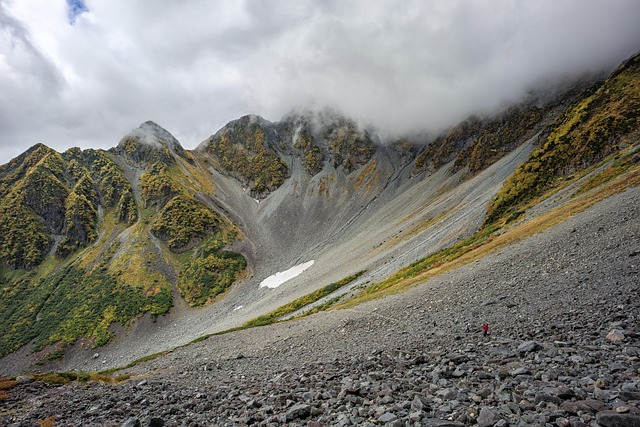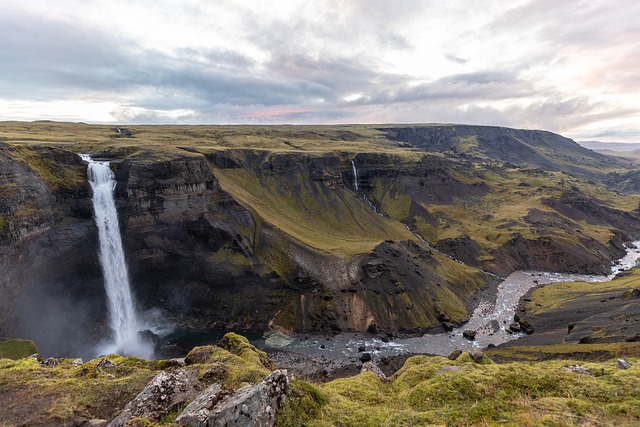Parks and community centers are key to urban development, boosting area appeal and property values. They cater to diverse demographics, from families to seniors, through play areas, fitness zones, and multi-purpose facilities. Well-designed layouts with accessible locations drive engagement, enhancing nearby real estate value and fostering strong community connections.
“Parks and community centers are vital hubs that foster social cohesion and drive local real estate value. This article explores the multifaceted role of these spaces in community development, focusing on their potential to enhance quality of life. We delve into the design principles behind creating inclusive family fun zones catering to all ages, while also examining the investment opportunities presented by real estate insights in the context of community center construction and renovation.”
The Role of Parks in Community Development

Parks and community centers play a pivotal role in urban development and real estate strategies. These green spaces serve as hubs for social interaction, fostering a sense of belonging among residents. In many ways, they act as catalysts for neighborhood transformation, attracting families and investors alike. The presence of well-maintained parks can significantly enhance the desirability of an area, boosting nearby property values.
Beyond recreation, community centers offer programs that cater to various demographics, from after-school activities for kids to senior citizen gatherings. This inclusive approach not only strengthens community bonds but also contributes to a healthier, happier population. In today’s competitive real estate market, areas with ample park spaces and robust community amenities are often at the top of buyers’ lists, highlighting the intricate relationship between urban green spaces and thriving communities.
Family Fun: Designing Spaces for All Ages

Family parks and community centers are integral parts of any vibrant neighborhood, offering a diverse range of activities for all ages. When designing these spaces, real estate professionals must keep in mind the varied needs and interests of residents, from young children to seniors. Incorporating age-appropriate features ensures that everyone can enjoy the park or center, fostering a strong sense of community.
For instance, dedicated play areas with age-specific equipment cater to younger kids while providing safe, engaging environments. Adult fitness zones and serene green spaces offer opportunities for older residents to stay active and relax. Multi-purpose facilities, such as outdoor classrooms or community gardens, encourage interactive learning across generations. Well-planned layouts that accommodate diverse activities enhance the overall experience, making these spaces a hub of family fun and community engagement.
Real Estate Insights: Investing in Community Centers

In the ever-evolving urban landscape, community centers and family parks stand as cornerstone assets for any thriving neighborhood. From a real estate perspective, investing in these amenities is a strategic move that can significantly enhance property values and foster a sense of belonging within the community. As cities continue to grow, the demand for accessible green spaces and community hubs only increases, making them attractive options for developers and investors alike.
The location and design of these centers play a pivotal role in their success and impact on surrounding properties. Real estate experts emphasize that proximity to residential areas, ease of access, and well-planned layouts can drive foot traffic and create a vibrant atmosphere. A community center or park with modern facilities, engaging programs, and a welcoming environment becomes a destination, boosting the overall appeal and desirability of nearby real estate.






